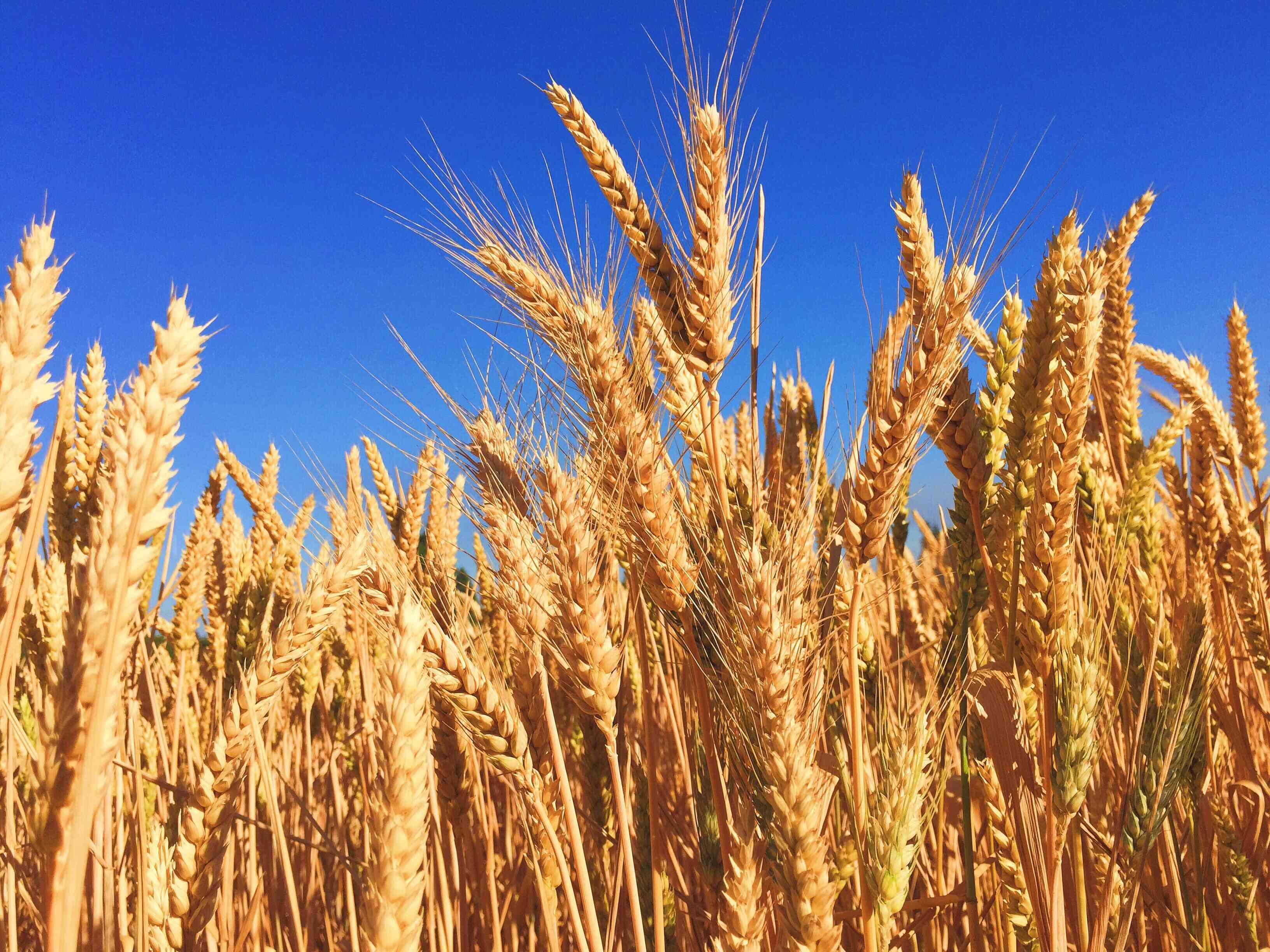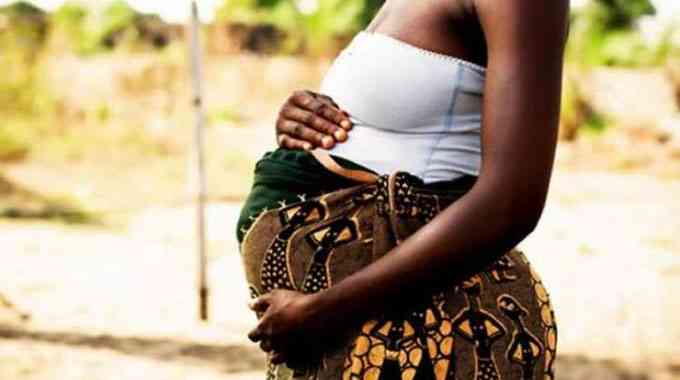
WHEAT farmers have been called upon to adopt best agronomic practices if they are to achieve high yields, with the government setting a new production target of 600 000 tonnes this season.
According to the government, more than 122 142 hectares of wheat have been planted, exceeding the initial target of 120 000 hectares.
In an interview with NewsDay this week, Agricultural and Rural Development Advisory Services chief director Leonard Munamati applauded wheat farmers for exceeding the 2025 planting target of 120 000 hectares.
“We were targeting a minimum of 120 000 and farmers managed to plant 122 142 hectares of wheat,” he said.
“So what we want to advise farmers is now we have a new target produce, a minimum of 600 000 metric tonnes of wheat.”
Munamati, however, called on farmers to prioritise livestock care as the country faces the onset of the lean season following the El Niño-induced drought last season.
“We now find ourselves in a season where we must take care of our livestock,” he said.
To mitigate the situation, Munamati said farmers across various sectors had already produced over 3,5 million hay bales and urged them to increase production.
- Mnangagwa ouster plot case takes bizarre twist
- Mnangagwa ouster plot case takes bizarre twist
- Chamisa’s US$120k jackpot jolts govt
- Plot against ED thickens . . . Kasukuwere drawn into fight
Keep Reading
“We encourage more farmers to cut grass and bale it,” he said.
Munamati also revealed that the government was promoting innovative feeding methods, including a urea treatment for stover to enhance its protein content, which has been implemented through training of staff and lead farmers.
“Last year’s drought had a significant impact and we cannot afford to lose any more livestock due to a lack of feed,” he said.
In addition to hay production, Munamati emphasised the importance of grass management, particularly during the current fire season.
“Farmers should avoid burning grass and instead cut it around their wheat fields and along roads to ensure sufficient feed for livestock,” he said.
He encouraged use of maize stalks and wheat straw from the upcoming harvest as alternative feed sources, emphasising the responsibility of farmers to ensure livestock receives adequate nutrition and water.
The Agricultural and Rural Development Advisory Services chief director advised farmers to ensure sufficient irrigation, apply fertilisers appropriately and monitor for pests and diseases.
“We are prepared to assist in controlling pest infestation and any farmer who identifies issues should report to their nearest agro-tech officer.”










